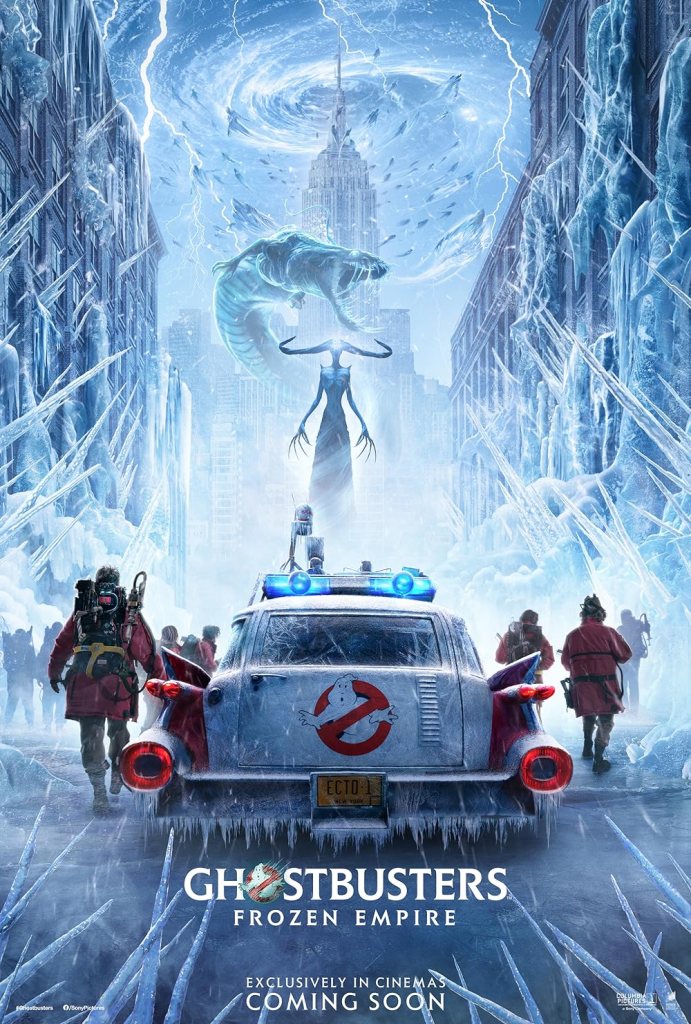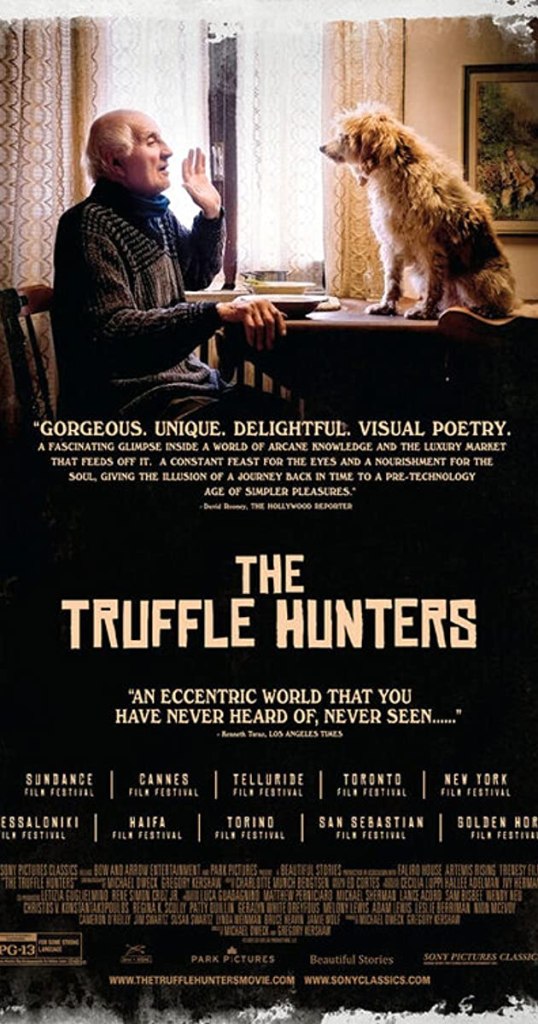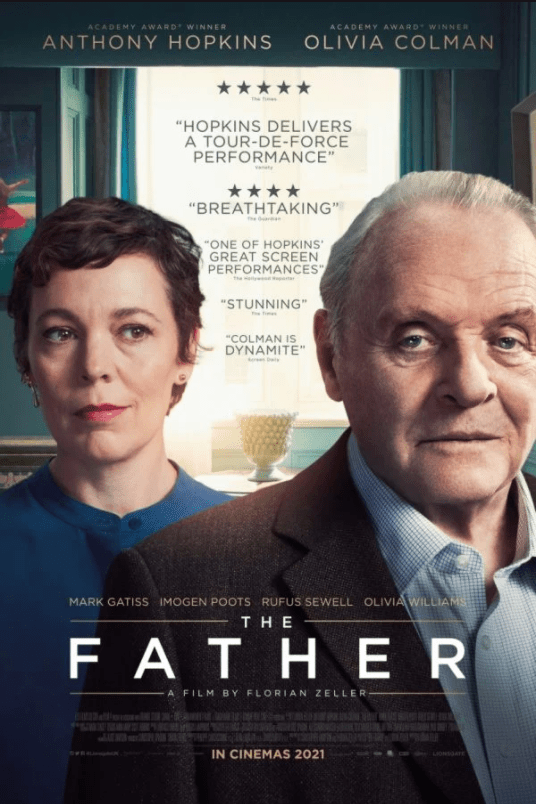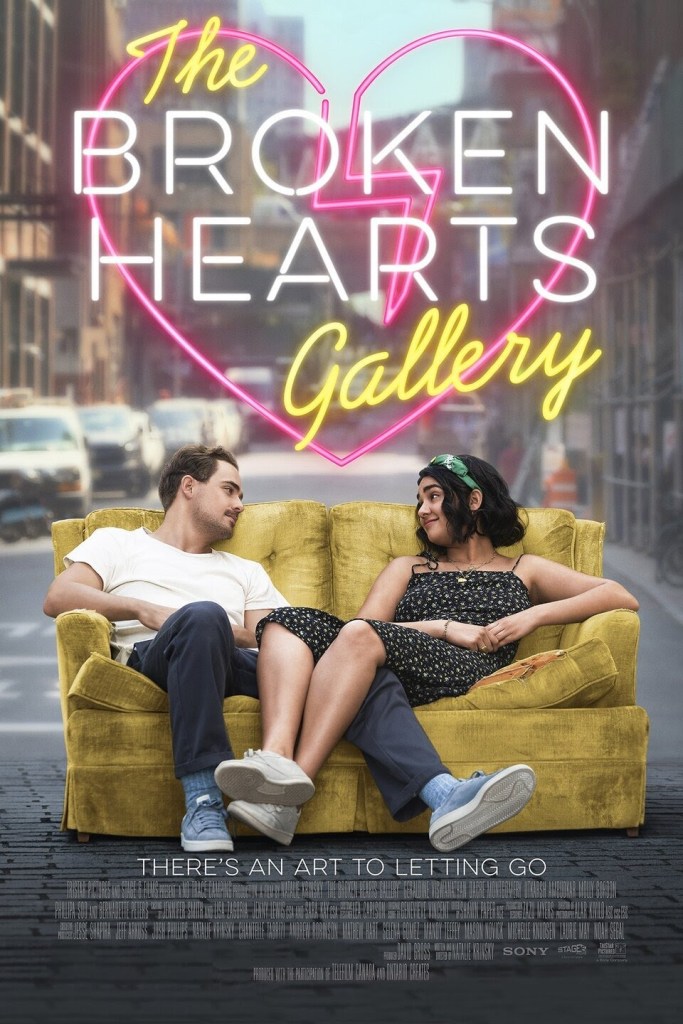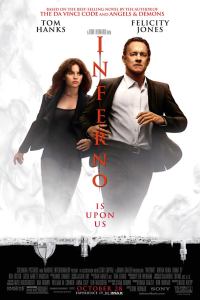Spooktacular! Nonstop action and laughs from beginning to end. Nicely written and directed with a fantastic mix of legacy and new Ghostbusters elements. Demonstrates connective tissue the soul of the original two Ghostbusters movies whilst delivering plenty of new ideas! With a cast of lead and supporting players that share fantastic chemistry, both legacy and new characters are completely at home in and part of the world of the Ghostbusters. The character dynamics are as sharp and engaging as ever, with moments of humor and camaraderie that work collaboratively to balance the tension with the supernatural threats. With its sleek storytelling and spectacular visuals, you don’t want to miss seeing this movie on the BIG screen.
The Spengler family returns to the iconic New York City firehouse where the original Ghostbusters have taken ghost-busting to the next level. When the discovery of an ancient artifact unleashes an evil force, Ghostbusters new and old must unite to protect their home and save the world from a second ice age.
The rich world-building combined with the well-developed characters and meaningful conflict, Ghostbusters: Frozen Empire will whisk you away to an immersive world of frozen landscapes and ancient ruins. Relying, not only on CGI, but incorporating practical effects gives the movie a sense of depth and naturalism. Concerning the practical effects–which I wish it had relied upon more–but I digress, I loved the moments with Slimer (and another bookish apparition) because Slimer was back in all his optical effects glory (for the most part anyway). It was like being transported back to the original Ghostbusters to greet the lovable menace. While not practical, we do get moments with the Staypuff marshmallowies too!
A surprising narrative strength demonstrated by the movie is its thematic depth. Through interpersonal conflict, the movie explores rich themes such as redemption, the challenges of growing up, and hubris. While the outside/action plot is a classic good vs evil setup, the inside/emotional story delivers many substantive layers that enrich the humanity of the characters and the story itself. The movie’s deceptively simplistic packaging surrounds a complex narrative that keeps the audience engaged.
One of the character-driven subplots of the movie provides a great opportunity to explore isolation and loneliness even when surrounded by people. Humans are designed to desire companionship, whether that companionship is romantic or platonic. And I appreciate the movie exploring what it’s like to feel alone within your on family. On the topic of family, the movie also provides an exploration on one’s family of origin and one’s found family.
For all it’s spooky hilarity, Ghostbusters: Frozen Empire is a family melodrama that touches your heart whilst the more thrilling elements of the movie seek to wildly entertain you.
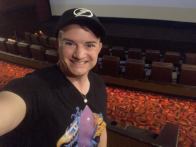
Ryan teaches Film Studies and Screenwriting at the University of Tampa and is a member of the Critics Association of Central Florida and Indie Film Critics of America. If you like this article, check out the others and FOLLOW this blog! Interested in Ryan making a guest appearance on your podcast or contributing to your website? Send him a DM on Twitter. If you’re ever in Tampa or Orlando, feel free to catch a movie with him.

